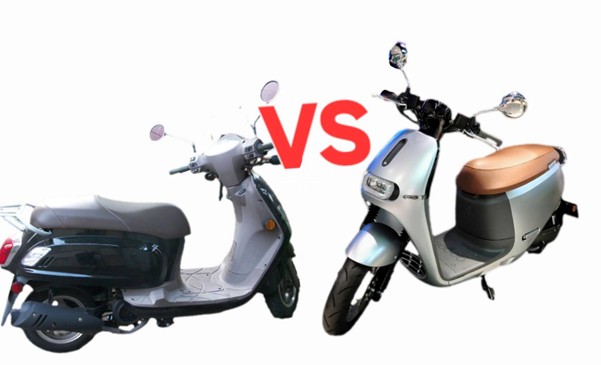KAOHSIUNG — Just a few years ago, many thought gasoline-powered scooters in the country with the highest scooter density in the world were on the brink of extinction. Electric models buzzed through Taiwanese cities, and companies scrambled to compete with market leader Gogoro. Fast forward to 2025 and the electric trend has sputtered as two formerly touted advantages, battery-swap systems and long per-charge range, have turned into liabilities.
A recent TVBS survey found that batteries once advertised to travel about 60 km per charge now run out after just over 30 km. Some users say they feel deceived. Electric scooters have never been cheap, but generous subsidies once made them affordable. Now, with those subsidies shrinking, the high costs sting even more.
Sales have plunged—from about 82,500 units in 2018 to just under 26,000 through August 2025. That number is far below the government’s 35% electric adoption goal (currently at a meager 6.5%). The subsidy, once a lofty NT$16,000 in 2018, has dwindled. In 2019, consumer willingness to switch was at a reported 68%. But local news sources say that figure fell to about 30% by 2023.
Taiwan’s established scooter brands are SYM, KYMCO, and Yamaha. These manufacturers remain top sellers, with over 330,000 units moved in the first half of 2025. But electric models have hit a wall. Without revived subsidies or battery innovation, critics warn Taiwan’s goal of 35% electric scooter adoption by 2030—and its 2050 net-zero target—will be hard (nigh impossible) to meet.


